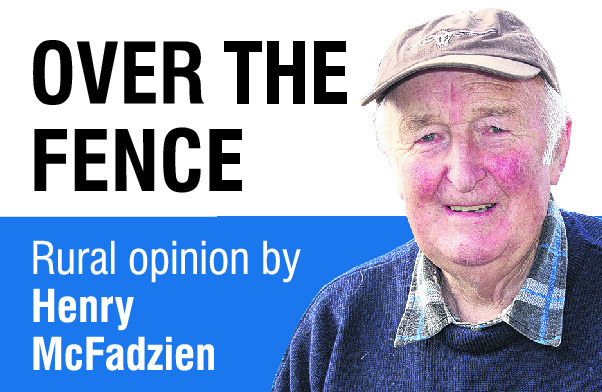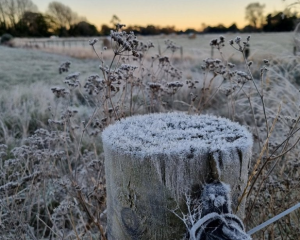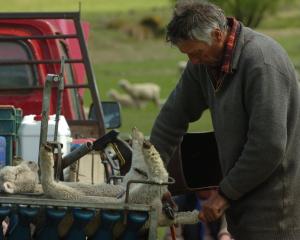
When Southland was being settled and farms being developed in 1854, it wasn’t long before the pioneers, who were working hard felling the bush, shearing and harvesting, found enough energy to organise competitive events.
These events were based on the skills they were using every day, rather than pursuing a more leisurely pastime.
There is a memorial plaque on the side of the Old Coach Rd at Otaraia halfway between Mataura and Clinton commemorating the first ploughing match held in Southland in 1879.
District ploughing matches flourished during the draught horse era.
Today there are only a few but the prize is huge, which Southlander Mark Dillon has claimed to compete at this year’s world championships in the Czech Republic.
The first recorded dog trials were held at Wānaka in 1867.
Today there are 150 clubs throughout New Zealand, and top prizes include selection to compete against their Australian counterparts.
District A&P shows started about 150 years ago to provide rural communities with various competitions, inviting participants to enter items ranging from the humble potato to valuable horses and livestock.
The prize money is sometimes a decisive lure, and sometimes it’s just friendly rivalry.
There is criticism levelled at show stock, but my experience was good when I started showing Romneys.
I went home with a minor placing and compared my sheep with the champions, identified the faults, corrected them, and eventually took home the champion ribbon.
I am sure my experience will resonate with other exhibitors wanting to succeed, it’s much the same as coming though the grades in team sport.
Horses and ponies make a large contribution to the show these days, with numbers filling a host of classes the show cater for.
At the recent Gore A&P Show grand parade, it was obvious equestrian events were dominated by mother and daughter competitors with their ponies and horses.
Equestrian sports are highly contested and can be expensive.
When children outgrow their pony, a larger and more costly one must be bought, with prices started at about $5000.
The New Zealand Olympic team’s equestrian horses are valued between $150,000-$800,000, but the most expensive horse ever sold was Fusaichi Pegasus last year for $US70 million ($NZ121.9m).
So where were the boys and their fathers on show day?
The Ensign revealed 450 of them went on the Mandeville Trail ride.
A&P shows will find it hard to compete against the boys, their toys and their noise.











